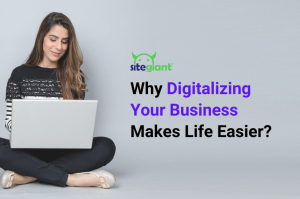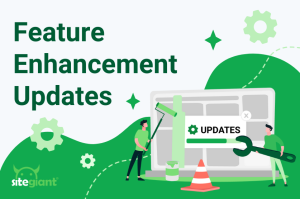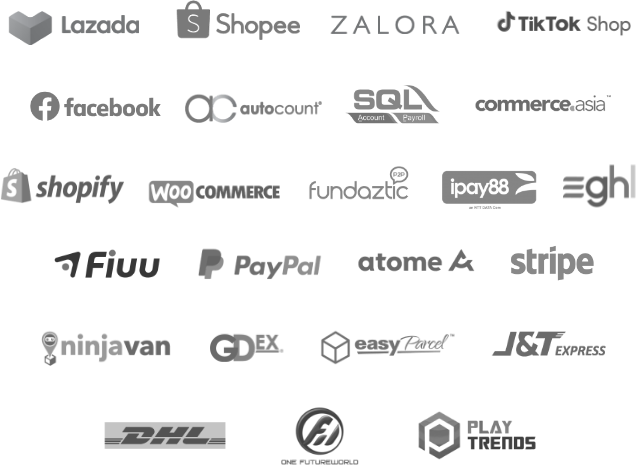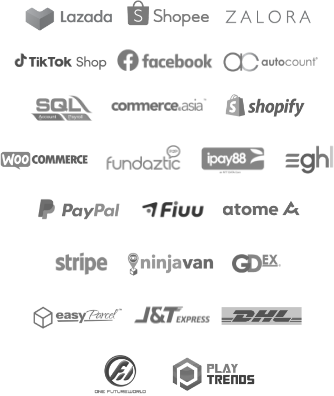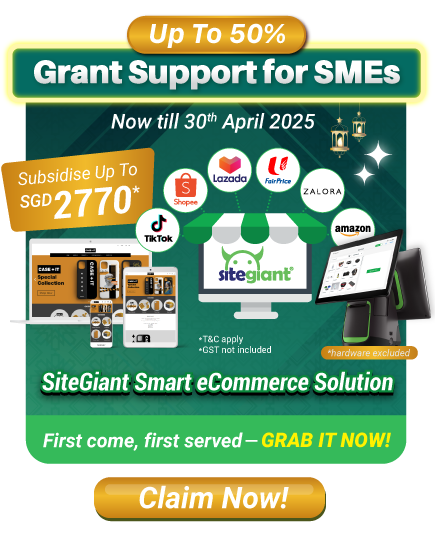
Upselling and cross-selling are two key strategies in sales and marketing that you’ve likely experienced without even realizing it. Think of being offered a larger coffee at your favorite café or adding fries to your burger. While they might seem similar, each strategy serves a unique purpose. When used effectively, both can drive higher profits and satisfy customers more.
This blog will explore the differences, benefits, and tips to master both strategies for your business:
1. Upselling
Upselling is a strategy to encourage customers to buy a higher-end product with more features, increasing the total sale value. Sellers highlight the benefits, compare it to the original product, and offer discounts to make the premium option more appealing.
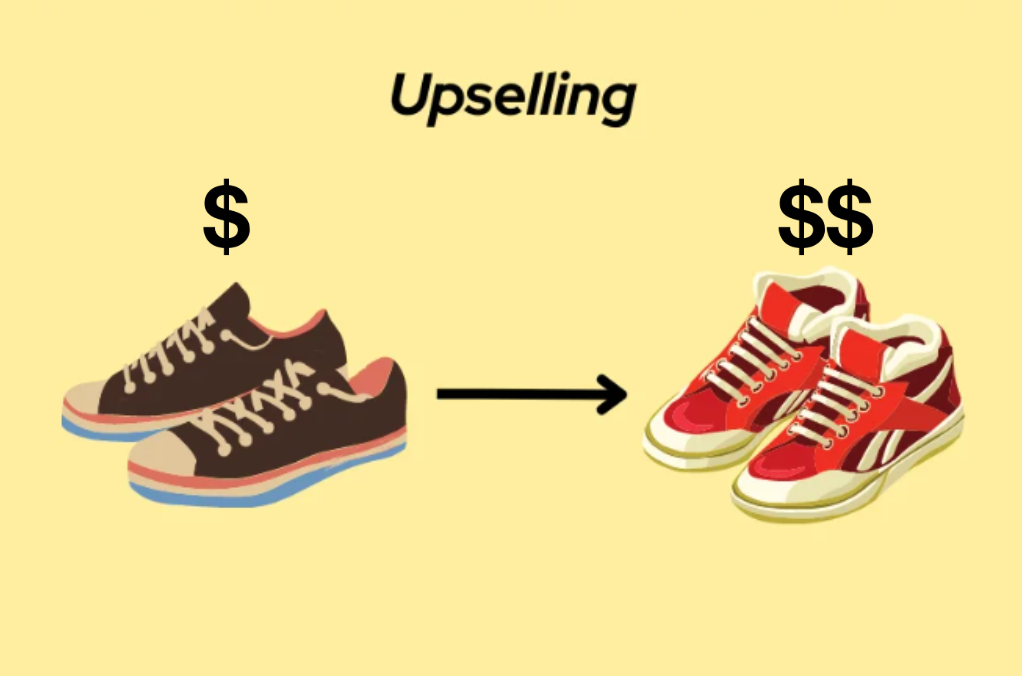
Features:
- Higher-priced sales
- Increased value for customers
- Scarcity & urgency tactics
- Higher profit margins
2. Cross-Selling
Cross-selling is when sellers suggest related products to customers along with their main purchase. This helps improve the shopping experience, increase the total value of the sale, and generate more revenue. Examples include Amazon’s “frequently bought together” feature or store combo offers.
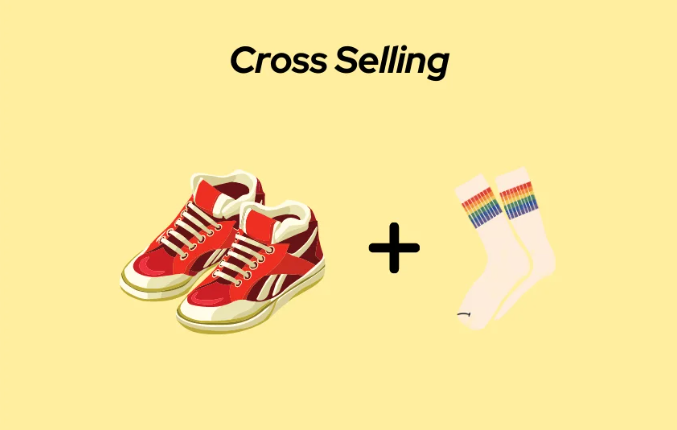
Features:
- Increased order quantity
- Enhanced convenience for customers
- Product bundling for efficiency
- Higher Average Order Value (AOV)
3. Different Upselling VS Cross-Selling
| Aspect | Upselling | Cross-Selling |
| Purpose | Encourage buying a better version of the product. | Suggest complementary products to increase total sales. |
| Focus | Higher quality or premium version of the same product. | Additional related products to the main purchase. |
| Goal | Increase the value of the original product. | Increase the total value and number of items sold. |
| Items Offered | Upgraded or enhanced versions of the items. | Related or complementary items. |
| Impact on Sales | Increases average bill value. | Increases both average bill value and ticket size. |
Streamline Your Sales Strategy with SiteGiant’s ERP System
SiteGiant’s ERP system simplifies business management by integrating inventory, order processing, accounting, and customer data into one platform. It provides real-time tracking, automated invoicing, and easy reporting to help improve efficiency and decision-making.
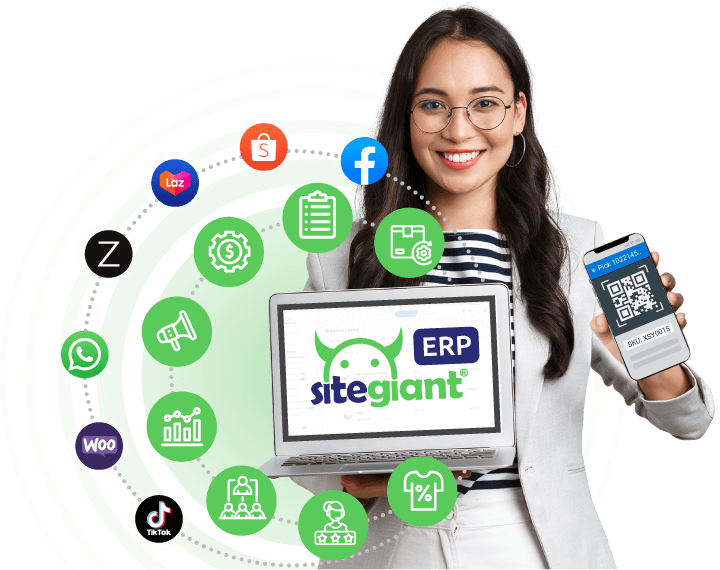
Boost your business with SiteGiant’s ERP today!



